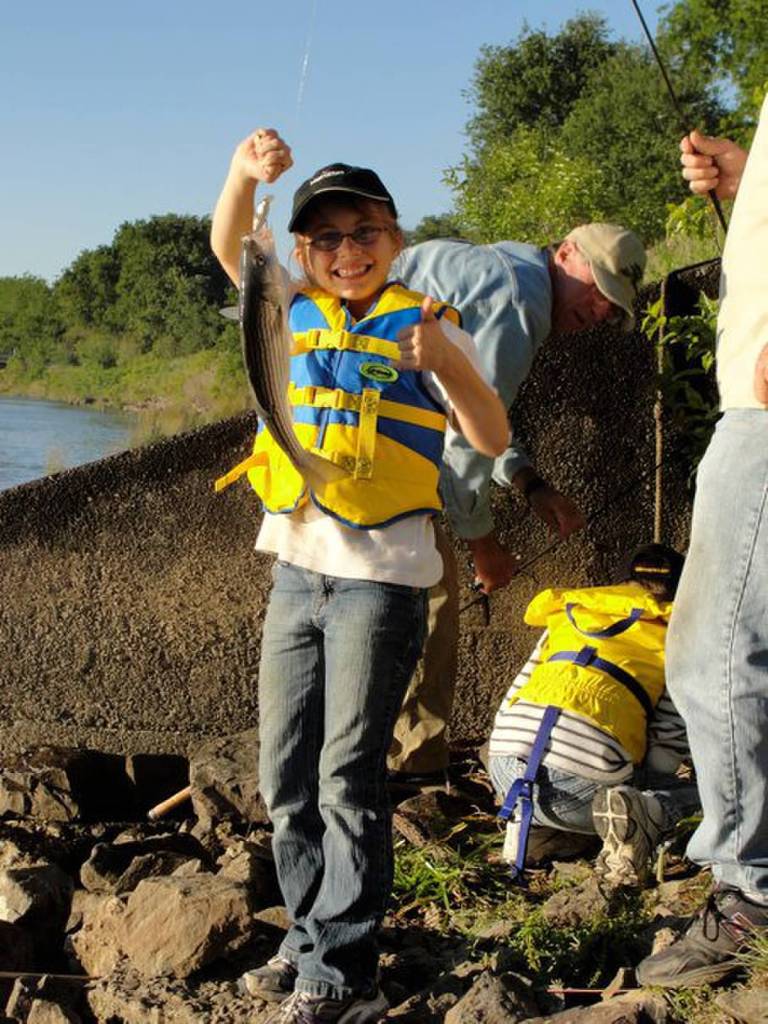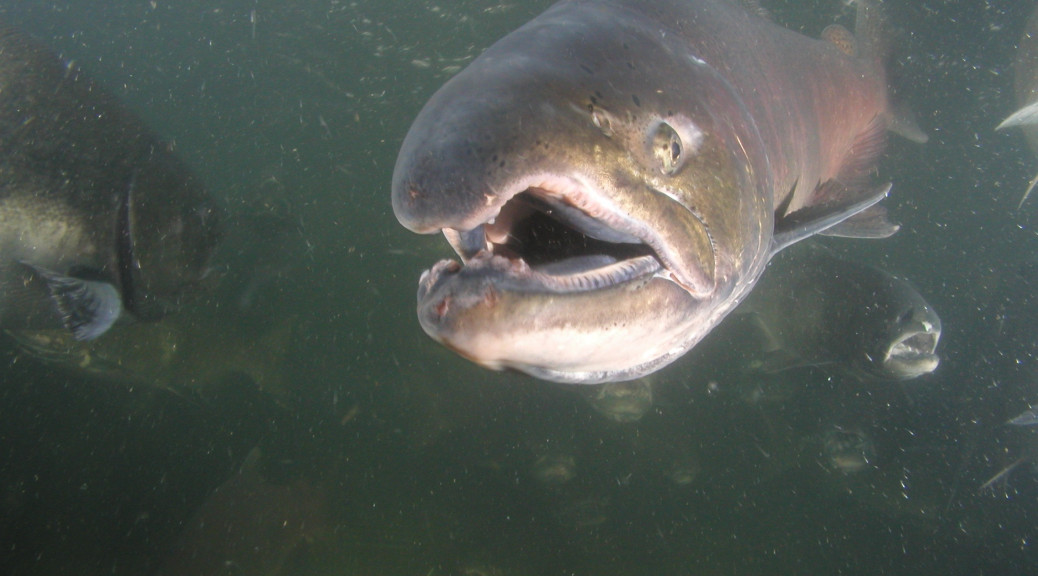Understanding Waterway Health Advisories

by Carrie Wilson
5-11-2018
Website
Question: I saw a notice in the newspaper that there is a high level of E. coli in the lower American River at the confluence of the Sacramento River in Sacramento County. I am planning on going striper fishing with my son there. Is it safe to eat the fish if we catch some stripers? Where can I find more information? (Fernando, West Sacramento)
Answer: The California Department of Fish and Wildlife (CDFW) does not issue health advisories, but relies upon public health experts who do – in particular, the California Department of Public Health, the Office of Environmental Health Hazard Assessment (OEHHA), the California State Water Resources Control Board and local public health departments. Health advisories can be issued for bodies of water based upon possible contamination of the fish or of the water itself.
At the confluence of the American River and Sacramento River, there are two different health warnings in effect right now: One for E.coli, and one for high mercury levels.
Sacramento Department of Regional Parks issued the recent notice regarding E. coli bacteria found in the lower American River. High levels of E. coli can cause anyone coming in contact with the water to get sick from the pathogens. The healthy water habits below are recommended when a “Use Caution” status is placed on a waterway with possible E. coli contamination:
- Actively supervise children and pets in or near water
- Avoid algae blooms (brightly colored water) and trash in the water
- Wash hands/shower after swimming
- Do not:
- Drink river water
- Cook or wash dishes with river/lake water
- Change diapers in or near water
- Swim when you are sick
- Enter the water if you have cuts or open sores. These are pathways for bacteria to enter your body.
- Enter the water for several days after a significant rainstorm. Storm flows spike bacteria levels, which decrease with time.
People with immune-suppressive diseases should avoid direct contact with the river altogether.
Other areas in Sacramento County with historically high E. coli readings include Discovery Park Boat Launch, Tiscornia Beach and the Howe Avenue River Access. The Central Valley Water Board is planning a study this summer to help better understand the problem.
OEHHA has issued another independent advisory regarding mercury toxicity levels in fish for the Sacramento River and Northern Delta, which includes the area you want to fish and all waterbodies in the Delta north of Highway 12. Mercury is a chemical that bioaccumulates in the fish tissues themselves, as opposed to contaminating the water.
The last five pages of the Freshwater Fishing Regulations booklet addresses safe preparation guidelines and consumption advice for those of us who regularly eat our sport-caught fish. Here you will find OEHHA advisories on mercury, including an advisory flyer specific to the Lower American River. At the confluence of the American and Sacramento Rivers, experts advise the following: striped bass should not be consumed by women between the ages of 18-45 or by children between the ages of 1-17. Unborn babies and children are more likely to have health problems from chemicals in the fish.
Women 46 years and older and men 18 years and older are advised to only eat two servings a week of striped bass. (The flyer also contains information about other fish.) OEHHA recommends limited consumption of different types of fish depending on their mercury level for women and men in this age group:
- Low – Two servings a week OR seven servings a week of clams: American shad, rainbow trout, steelhead trout, chinook (king) salmon or Asiatic clam
- Medium – One serving per week: carp or goldfish, crappie, sucker, bluegill or other sunfish, catfish, hardhead, crayfish or hitch
- High – Do not eat: striped bass, bass, pikeminnow or white sturgeon
Understanding the difference between the American River E. coli contamination and Sacramento River mercury levels can help you make informed decisions about what fish to eat from different fishing destinations. Using these referenced advisories from public health professionals will help you stay up to date on current conditions and stay safe while enjoying time outdoors!
Helpful links:
Carrie Wilson is a marine environmental scientist with the California Department of Fish and Wildlife. While she cannot personally answer everyone’s questions, she will select a few to answer each week in this column. Please contact her at CalOutdoors@wildlife.ca.gov.
More Reports

5-8-2018
Additional sections of the California coast will open up to recreational ocean salmon fishing in June. In the Klamath Management...... Read More

5-2-2018
The California Department of Fish and Wildlife (CDFW) is currently seeking applicants for its Natural Resource Volunteer Program (NRVP) in...... Read More
